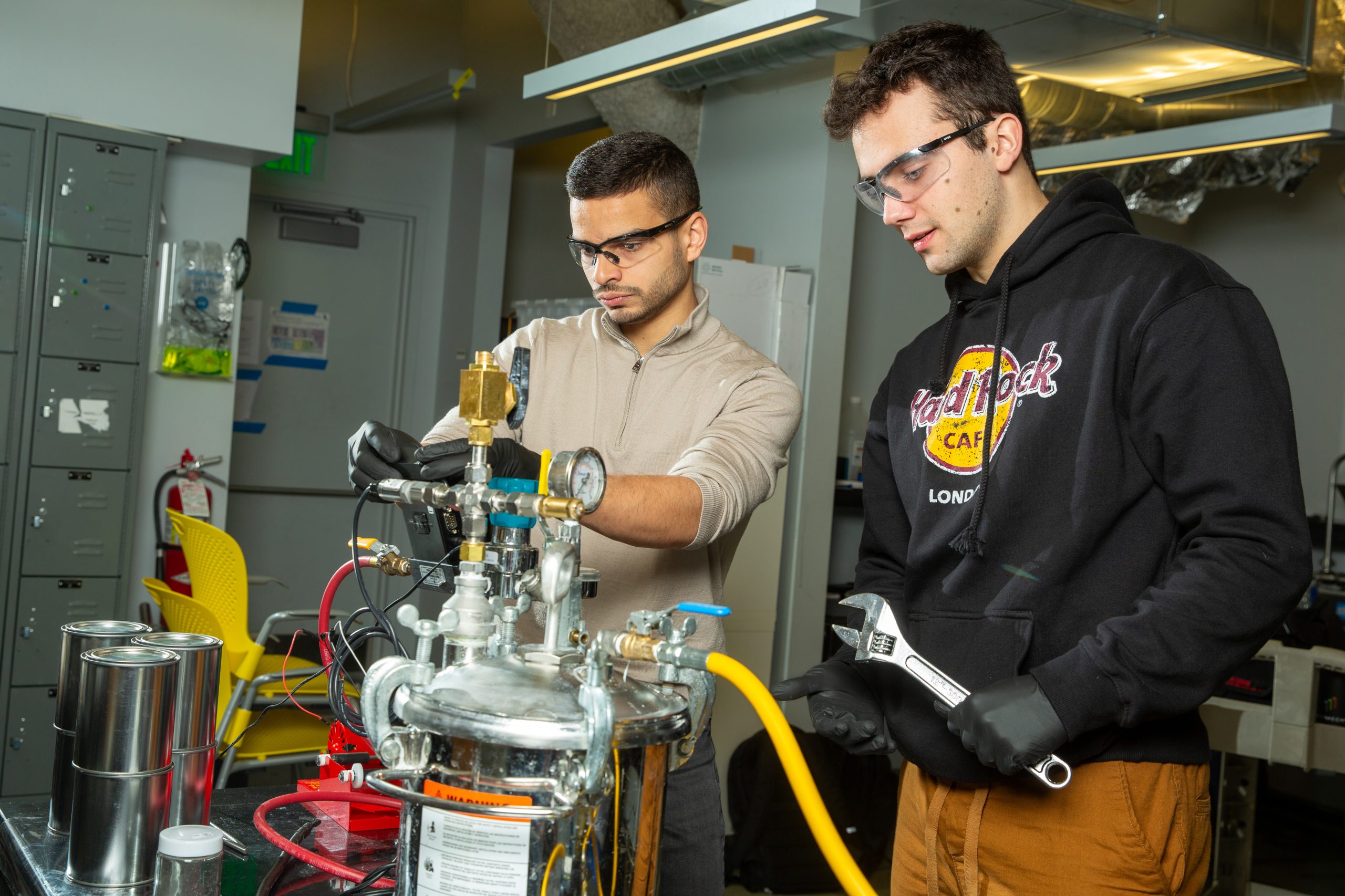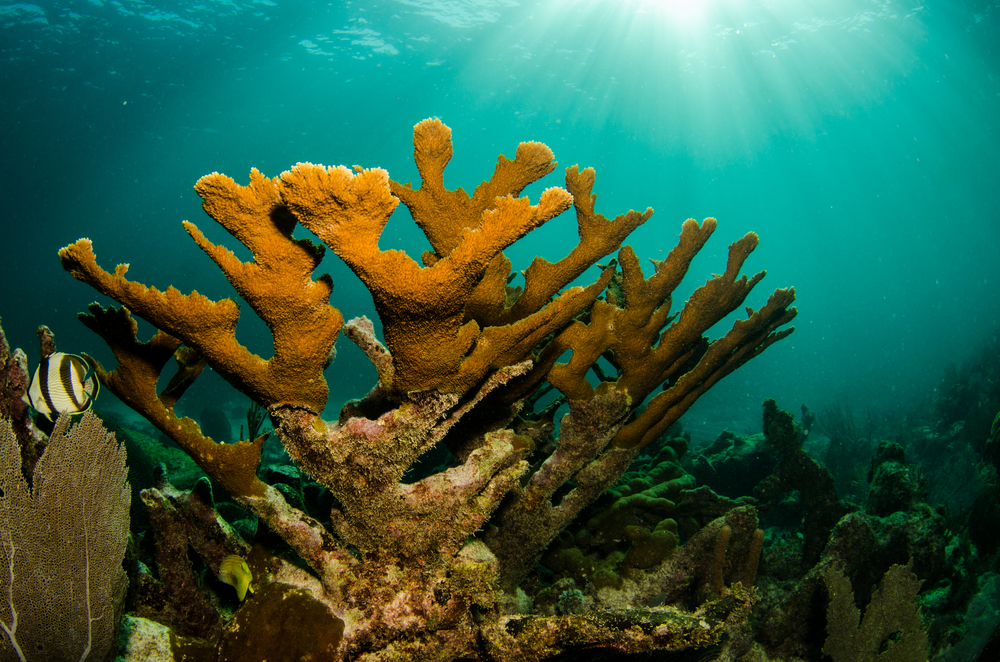While the human population continues to grow, the seepage of salt into freshwater systems is reducing access to drinkable water across the globe. In the U.S. alone, the U.S. Geological Survey estimates that about 272 metric tons of dissolved solids, including salts, enter freshwater streams per year. Contributing factors include the chemical processes involved in oil extraction, the use of road salts and water softeners, and the natural weathering of rock. It only takes one teaspoon of salt to permanently pollute five gallons of water.
Looking for potential solutions to this growing water problem, researchers from Indiana University (IU) have come up with a powerful new molecule for the extraction of salt from the liquid. The researchers designed the molecule to capture chloride, which forms when the element chlorine pairs with another element to gain an electron. The most familiar chloride salt is sodium chloride or common table salt. Built using chemical bonds previously regarded as too weak, the newly-discovered molecule is about 10 billion times improved compared to a similar structure created over a decade ago at IU.
The novel salt-extraction technique acts as a salt “trap” made out of five-membered rings composed of nitrogen, carbon, and hydrogen, which together form a three-dimensional “cage” perfectly shaped to trap chloride. The findings have the potential to help increase the amount of drinkable water on Earth.












